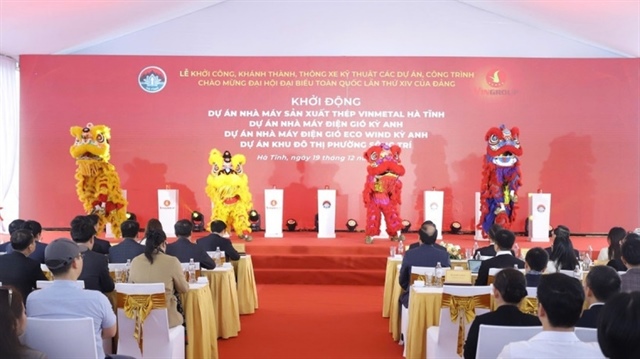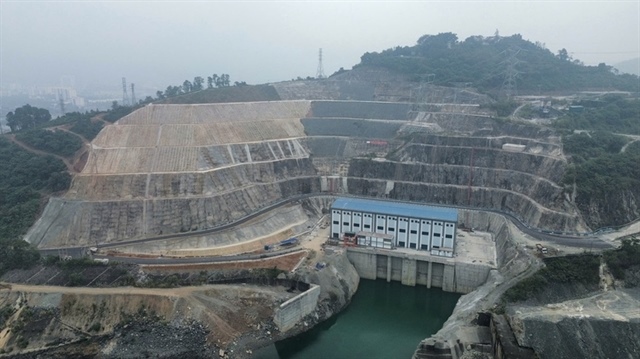Japan rules a hurdle for VN seafood
Japan rules a hurdle for VN seafood
Vietnamese companies exporting seafood to Japan need to carefully study the latter’s food safety and hygiene regulations to boost exports, a seminar heard in HCM City on Wednesday.

Nguyen Hoai Nam, deputy general secretary of the Viet Nam Association of Seafood Exporters and Producers, said Japan is among the country’s three largest seafood export markets, with shipments worth US$590 million in the first half of the year.
A significant improvement in quality and appreciation of the Japanese yen have been key reasons for a big rise in Vietnamese seafood exports to the market, he said.
Japan has always had stringent quality and food safety and hygiene regulations, especially antibiotics norms, posing a challenge for seafood exporters, including from Viet Nam, he said.
Le Anh Ngoc, deputy head of the seafood quality management office at the National Agro-Forestry-Fisheries Quality Assurance Department, said Japan, unlike the US, EU, China and South Korea, does not require exporting countries to furnish a list of companies eligible to export to it.
Instead it directly inspects export consignments at the port of entry, he said.
There are three inspection regimes at the port of entry – guidance inspections, monitoring inspections and inspection orders – he said.
In the guidance inspections, Japanese quarantine agencies test random samples from import consignments.
The monitoring inspections are carried out by authorised agencies based on its annual imported food monitoring plan, which also includes extensive inspections when a violation is identified.
Imports that are likely to cause harm to health or products from the same country or manufacturer or processor found to have committed violations in the monitoring inspection are immediately subject to an inspection order, with all imported food consignments inspected.
Japan announces its annual imported food monitoring plan by March 31, which is applied for April 1 to March 31 the next year.
According to this year’s plan for the seafood imported from Viet Nam, most products are subject to guidance inspections, but some, including squid, shrimp, filefish and their simple processed products are subject to inspection of all consignments for certain antibiotics like Chloramphenicol, Enrofloxacine, and Sulfadiazine.
Prof Fumio Sakamoto of Kagoshima University said in some cases violations are not intentional and caused by the use of chemicals in neighbouring areas, which contaminate products in some aquaculture breeding areas in rivers and seas.
Management of the water environment and improvement in the social responsibility of businesses and communities in aquaculture breeding areas are very important for addressing this problem, he said.
Viet Nam’s many shrimp processing facilities should comply with Japanese regulations to increase their exports to that market, he said.
Talking about the Japanese seafood market and consumers’ tastes there, Taro Miyahara, market sales director of Uoichi Co Ltd, said if businesses focus only on providing cheap products, they would find it hard to attract consumers. They need to pay attention to product quality, he said.
A reduction in the birth rate and an increase in the rate of older people have resulted in a change in consumers’ tastes and demand, and so businesses should do research to come up with suitable products for the market, he said.





















